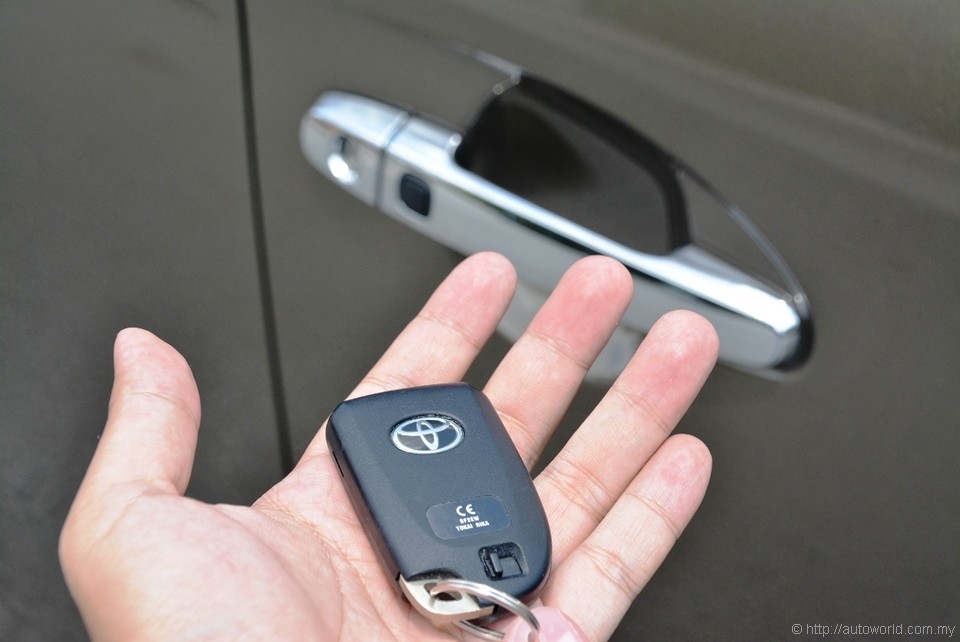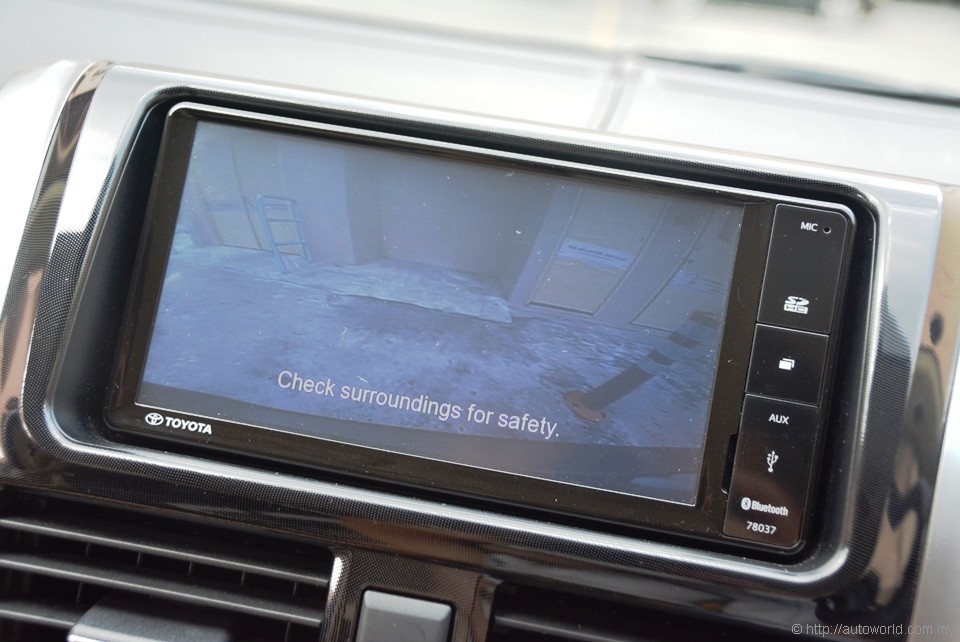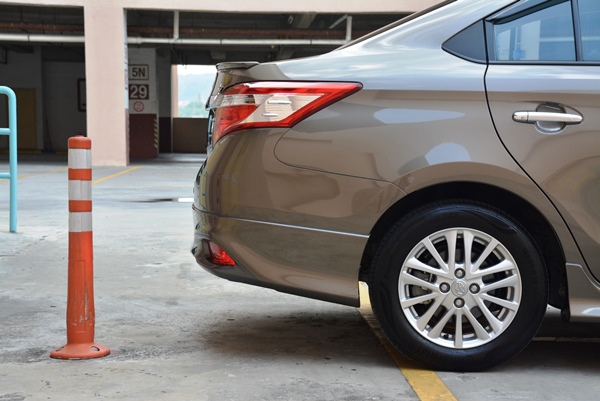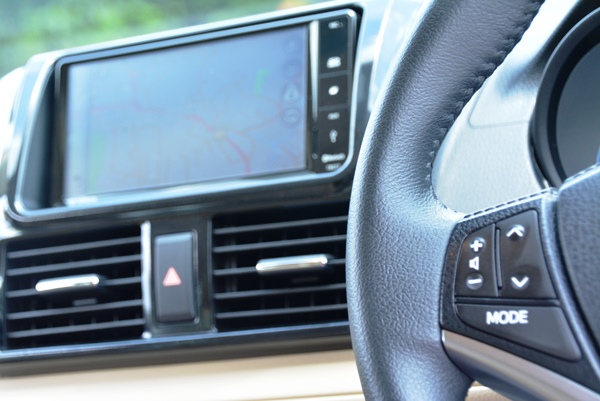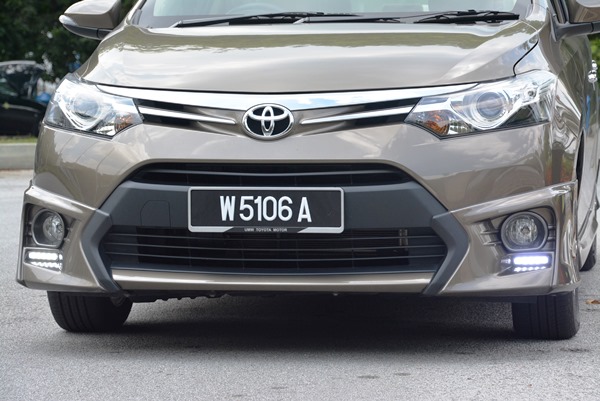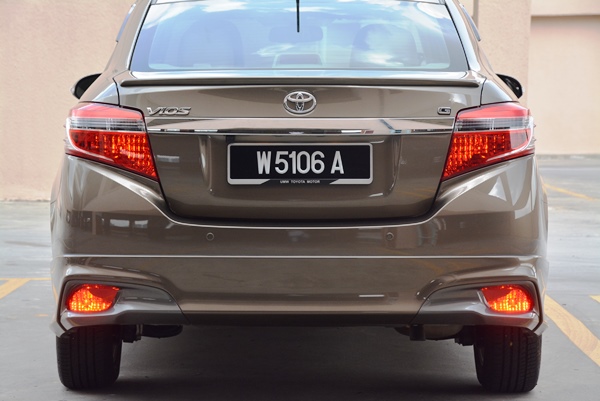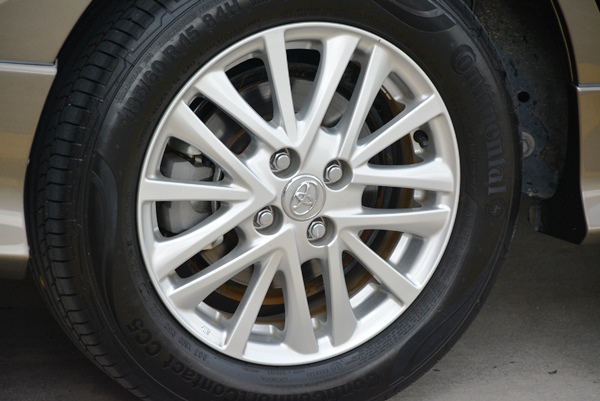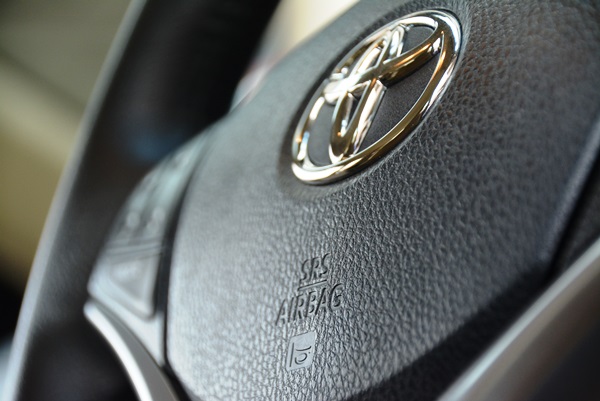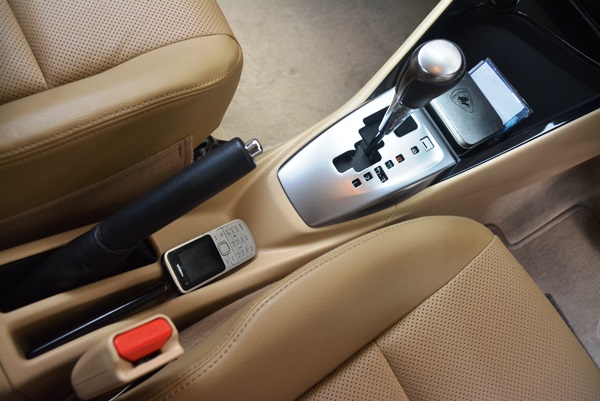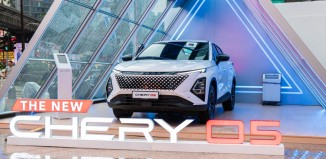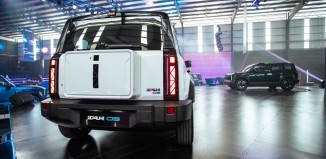Essential Features of a Modern Vehicle
Automobiles are becoming better equipped than ever before, especially amongst rising brands seeking to make an impression over the big boys. Consumers of today are offered unprecedented arrays of equipment so much so that technology that was exclusive to a Mercedes S-Class not ten years ago have become common-place in a Toyota Camry of today.
As manufacturers jam pack their vehicles with the latest features, it is worth remembering that each of these small items inevitably add cost to a vehicle, and for consumers on a budget, that can be a problem. There are features, air-conditioning for example, that are essential in the modern day motoring experience, and there are others that serve absolutely no practical purpose. In this article, we identify and discuss some of the most important equipment fitted into a modern car.
Smart Keyless Entry: In their early days, we viewed smart keyless entry systems as little more than gimmicks, but after testing a few cars so equipped, we’ve come to realize its importance as more than a convenience but as an important tool for personal security. With smart keyless entry, you can lock, unlock, and start your vehicle all without having to remove the key fob from inside your bag or pocket. In a situation where an assailant is waiting to pounce on you, having smart keyless entry enables you to quickly get into your car and get away.
Smart keyless entry systems are almost always accompanied by the ubiquitous engine start/stop button, but the reverse is not necessarily true. There are quite a few cars that give you a start/stop button but without including keyless entry. We can’t emphasize this point enough: keyless entry without a start/stop button is acceptable, but a start/stop button without keyless entry is pointless.
Reverse Camera: Contrary to popular belief, the reverse camera should not be viewed as an aid for incompetent drivers but rather as a safety feature that is highly relevant for our times. However good your estimation skills are, you will not be able to spot a kid or animal standing directly behind your car. The reverse camera enables us to check and ensure that the coast is clear before reversing, but bear in mind its function is to supplement and not replace traditional methods of observation.
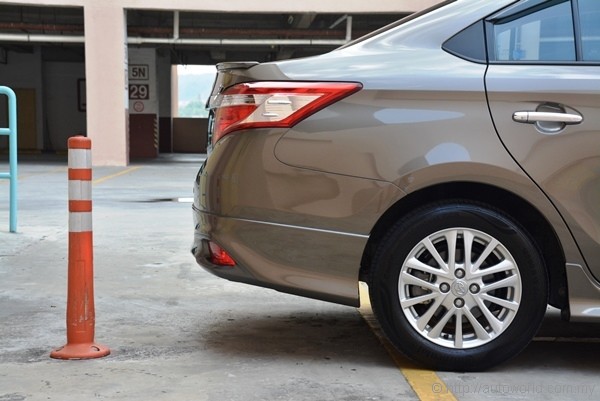 |
| Without a reverse camera, the rubber pole is not visible to the driver. Imagine if it was a kid. |
Steering-mounted Controls: Flipping through the channels and adjusting the volume of the radio is a common occurrence in day-to-day driving, and hence it makes sense that these actions can be performed with minimum distraction to the task of driving. Steering-mounted controls allow us to perform the above two functions without taking our hands off the wheel.
Useful for cars with conventional radios, steering-mounted controls are doubly important in vehicles that utilize touchscreens. Because the ‘reach & feel’ approach cannot work with touchscreens, operating a touchscreen on the move takes a huge amount of the driver’s attention off the road, and at the wrong time, such lapses of concentration can have very lethal consequences.
Steering-mounted controls are thankfully common these days, and many vehicles have buttons on the steering to operate a range of other features, most common being handsfree telephone and cruise control. For cars with a wide array of steering-mounted buttons, the next most important feature to follow is that these buttons should be illuminated.
 |
| Steering-mounted controls are especially useful if a vehicle has touchscreen. |
Illumination – Projector Headlamps, Rear Fog Lights & Daytime Running Lights: Good automotive lighting is essential for visibility, be it for the driver to perceive the vehicle’s surroundings or for surrounding drivers to notice the vehicle’s presence. The importance of adequately bright headlights are obvious when driving at night, and whilst the latest HIDs and LEDs are potentially costly items, projector-type headlamps are known to give more effective illumination and dispersal of light even when used with regular halogen bulbs.
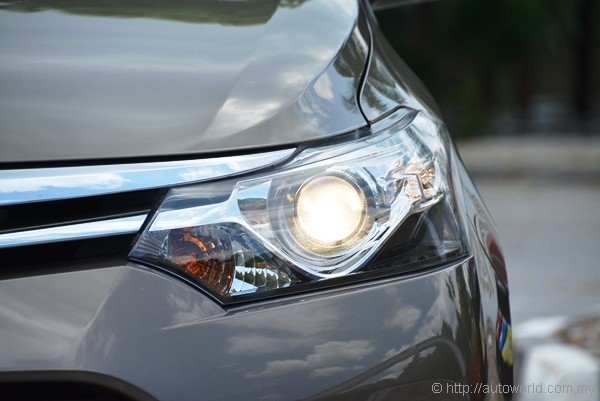 |
| Even with a halogen bulb, projector headlamps give better throw and beam dispersion than reflectors. |
The importance of daytime illumination should also not be underestimated. Daytime running lights enable a vehicle’s motion to be more effectively perceived from a further distance, thus giving surrounding observers greater awareness of its movements. Some automotive designers use daytime running lights to create distinctive visual signatures for their vehicles, but the added safety they provide is ultimately the most important benefit.
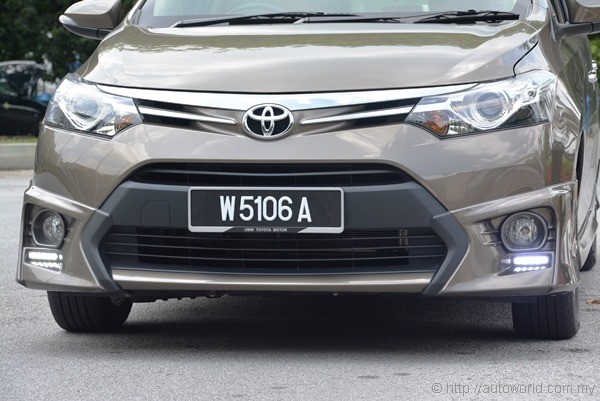 |
| Daytime running lights make a car easier to spot approaching from afar. |
The rear fog light is a useful feature to have during heavy rain. Originally conceived to improve visibility of a vehicle from the rear in foggy conditions, the added brightness of these lights are just as useful in heavy torrential rain as they are more effective in piercing through spray kicked up by the tyres and also water streams on the windshields of vehicles following behind. Rather than the hazard lights, the rear fog lamps are the correct and legal of making one’s vehicle more visible in heavy rain. Be warned however, rear fog lights are really bright, and when used in clear weather, they can be blinding to other road users; ensure that they are switched off when the skies are clear.
 |
| Rear fog lights are the proper and legal alternaive to hazard lights during rain. |
Safety – ABS, EBD, Airbags, ISOFIX: Thanks to a combination of tightening regulations and growing consumer awareness, modern day vehicles are now safer than ever, and one can purchase a new car that is highly-stocked on safety at a very reasonable price. The importance of safety in a modern vehicle is a given and it is a message often repeated not just by us but also our colleagues from other publications as well.
Before buying a car, users can do themselves huge favours by understanding the kind of safety features that are being offered and how they work. Anti-lock brakes (ABS), for example, minimize skidding by preventing wheel lock-up under hard braking on slippery surfaces. They allow the driver to retain a high degree of control over the vehicle, but they do not boost braking distances and neither will they haul your vehicle to a stop on time if you brake too late.
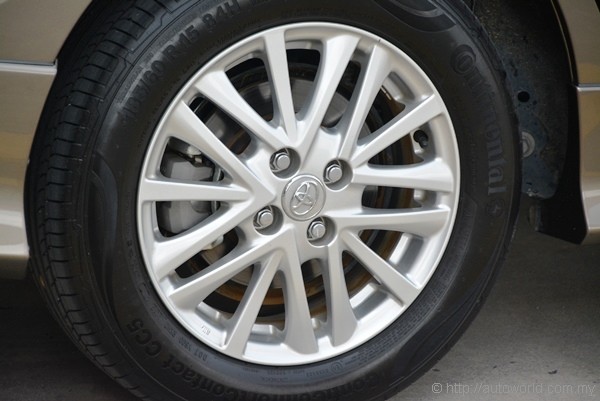 |
| ABS help prevent lock-up of wheels under hard braking on slippery surface. |
Electronic stability control (ESC), a commonly-discussed feature today, works by selectively braking individual wheels upon detection of skidding and consequently retard the vehicle’s spiraling motion. Like ABS, ESC has its limitation, but it is still an extremely useful piece of kit especially for vehicles regularly driven in slippery conditions. This technology is not as widespread as ABS is today, but it surely is a matter of time that it would eventually be.
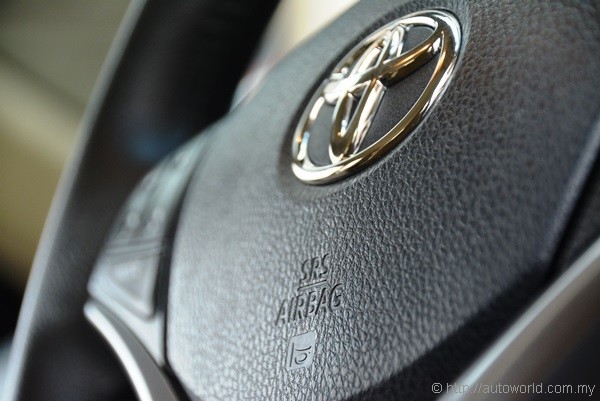 |
| Airbags are a supplementary restraint system and must be used in conjunction with seat belts. |
In-Cabin Storage: When viewing a vehicle in the showroom, or when test driving it, it is useful to bring your array items which you usually carry into and out of your vehicle. Spot for places into which these items can be securely placed when your vehicle is on the move and see if they fit and are within easy reach. Rubber lined cubby holes are a useful bonus for they minimize rattling noises generated by items being tossed about in their storage compartments.
 |
| Check that your vehicle has adequate storage spaces to accommodate your small items. |
Tinted Window Films: Good window films help keep the cabin cool and minimize demand on the vehicle’s air-conditioning system during hot days. For vehicles regularly parked in the open, window films with high heat rejection are of considerable help in minimizing degradation of cabin plastics. Lastly, with smash-and-grab robberies becoming increasingly common, tougher security films help in protecting occupants and belongings.
When selecting window films, it is essential to not just choose good quality films, but also an installer with good workmanship. It is easy to have window films included into the purchase of your new car, but choose wisely when doing so, and be especially careful if the SA offers to install it at the expense of his or her commission, for you may be given a substandard product, and since it was free, there isn’t much ground to complaint. Some brand distributors have their own array of PDI-installed window films and these are worth considering even if you have to pay more than you do outside for reasons explained in the next paragraph.
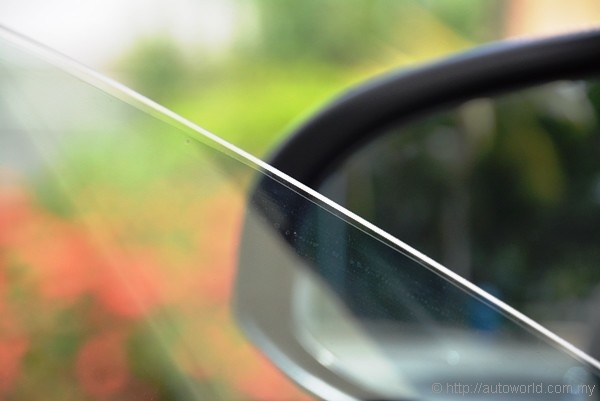 |
| When choosing window films, it is important to choose films of good quality and good installers too. |
Other Accessories: We typically advise consumers to avoid overspending on unnecessary accessories such as bodykits and enlarged rims that do little beyond adding weight and cost to the vehicle. Yet, Malaysians love modifying the appearance and adding stuff to their vehicles, and if such needs are really that strong within you, it is perhaps best to look through the list of options provided by your dealership.
The immense complications and scrutiny that accompany the declaration of motor vehicle duties in this country make offering variation in vehicle specifications a big hassle in this country. It is the reason why factory-fitted options are generally not offered here, with most distributors picking a selection of pre-set packages and leaving it at that.
Some distributors by-pass that problem by having accessories installed at the PDI level. These accessories usually are locally-developed, but because they are designed and installed by the local distributors, your vehicle’s warranty is not voided. In fact, these accessories are even covered into the warranty of your vehicle, making them doubly secure bets. Finally, by lumping them into the vehicle purchase price, buyers have the option of having the cost of these accessories covered under their financing package.
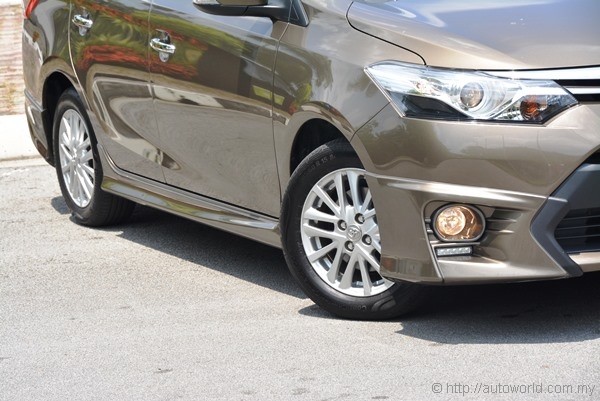 |
| We’re really not big on bodykits, but if you must have them, PDI-fitted accessories make sense. |





